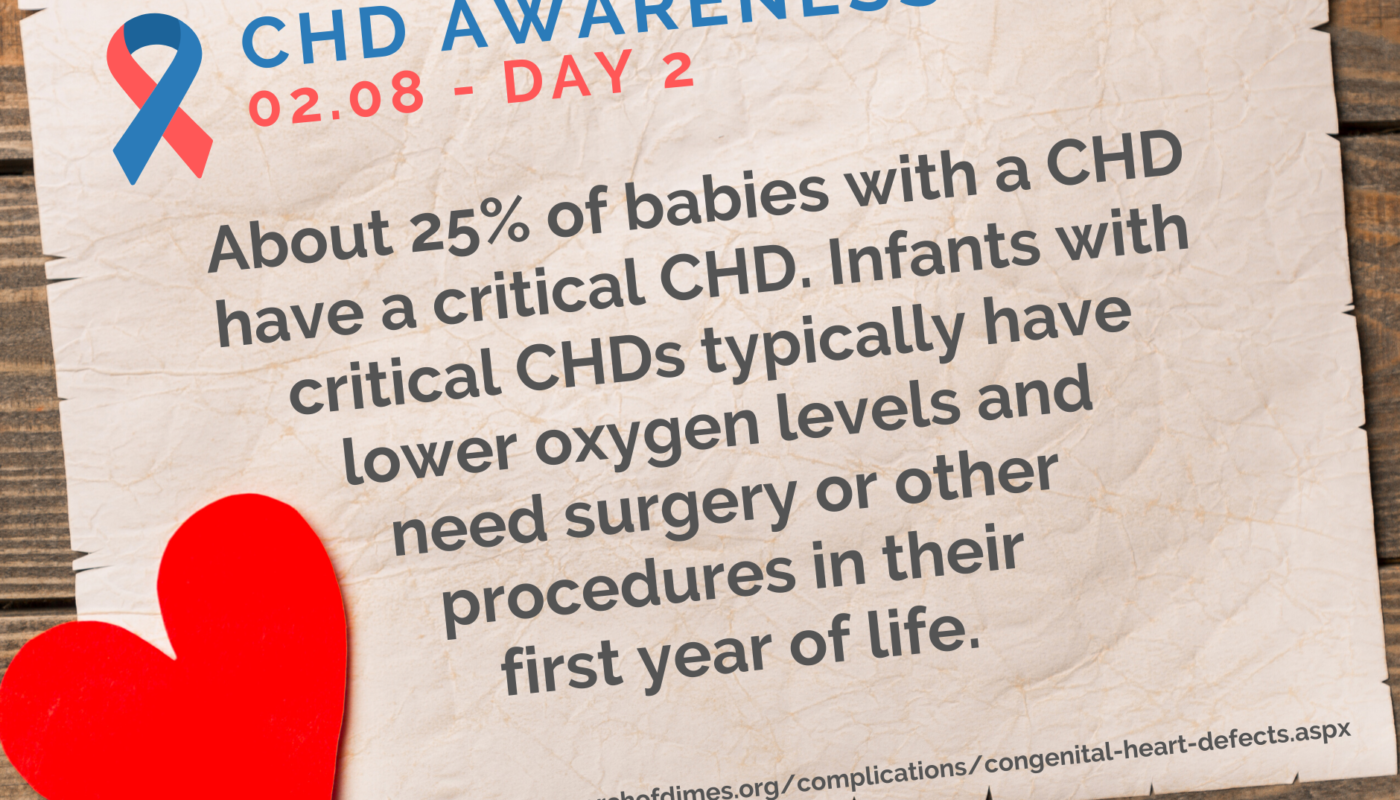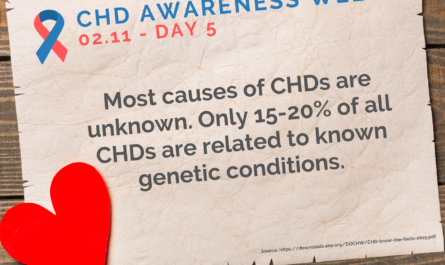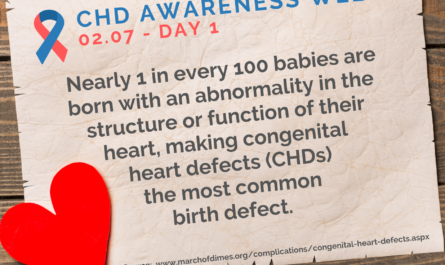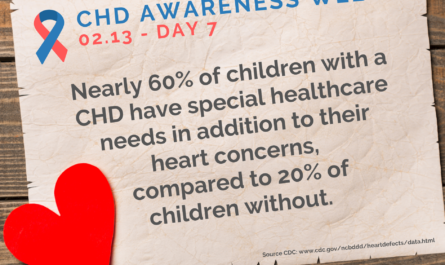The nights before and the mornings of my son’s open-heart surgeries are deeply engrained in my mind. I spent every second I could with him, holding him close, memorizing everything I could. I could tell you what he looked like, what he was wearing and what blankets he was bundled up in. I could tell you how he smelled and how his skin was soft everywhere except for where his existing scars were, and I could tell you exactly where each of those scars were at and what they came from.
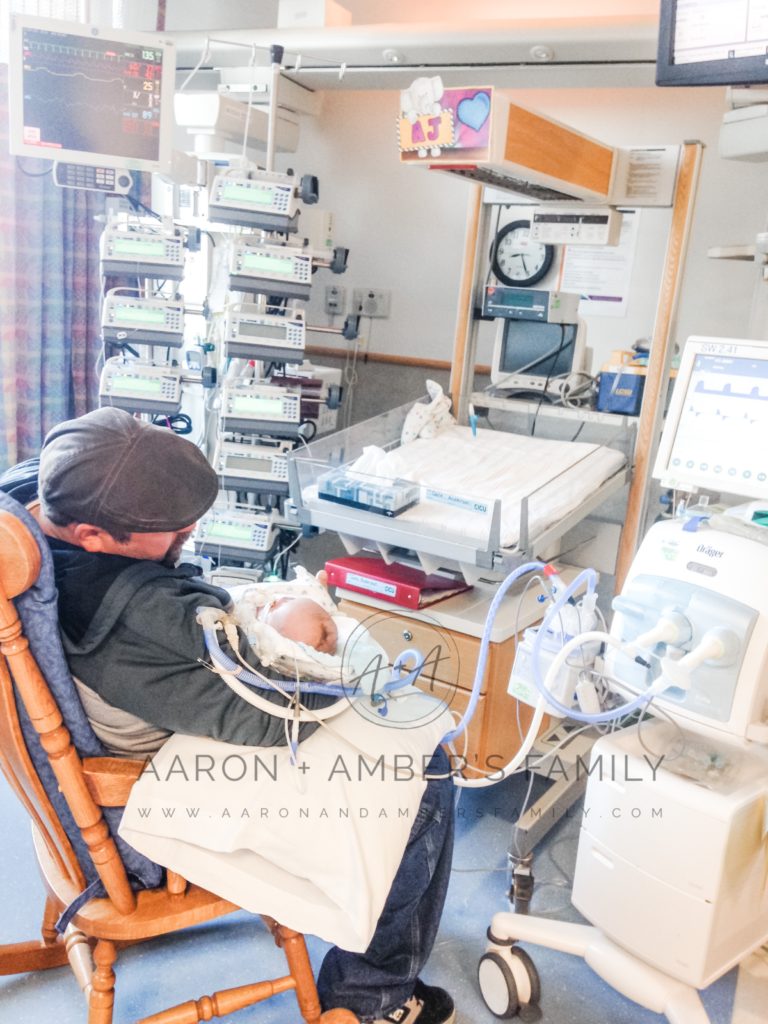
Each time we handed AJ over to our surgeon, the odds we were given were “slightly better than a coin toss”. We didn’t know if the procedure would be a success, we didn’t know if we’d see him breathing again, and we didn’t know if he would recover post-operation.
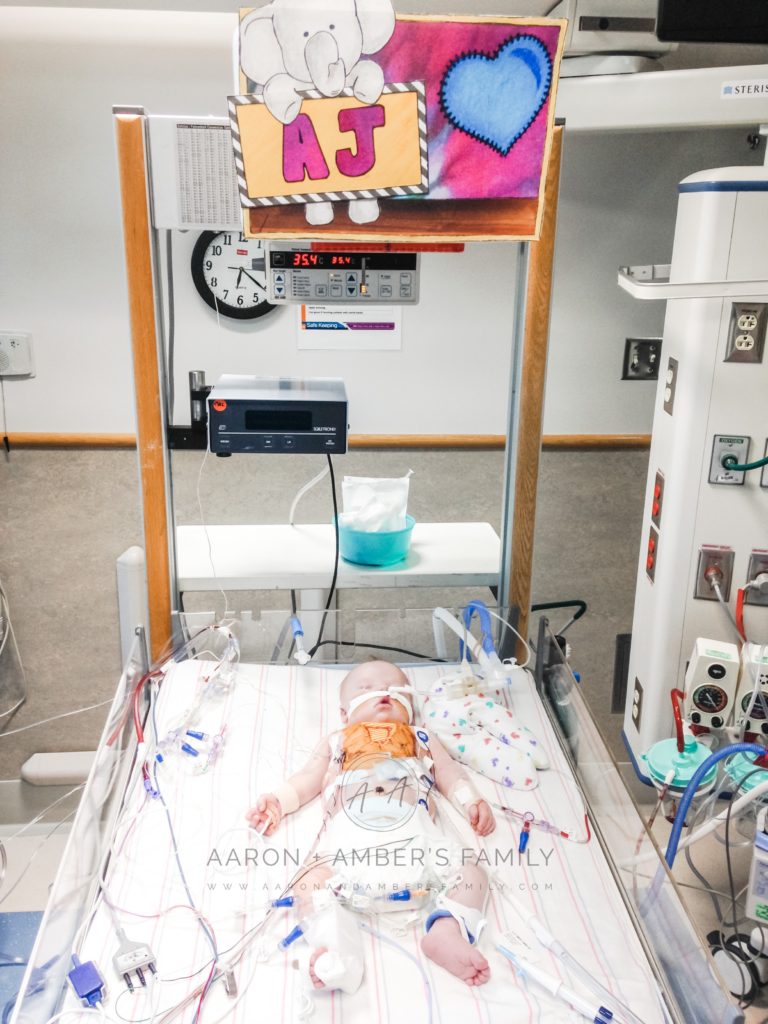
Nothing can prepare you for that feeling. You want to remain optimistic, but yet part of you wants to be prepared for the worst. I know my son is a fighter, and I always believed with my whole heart that he would come out stronger on the other side. But I spend my career making flow charts that cover every possible outcome for a series of processes. I’d be lying to you if I said my mind wasn’t also preparing for the worst.
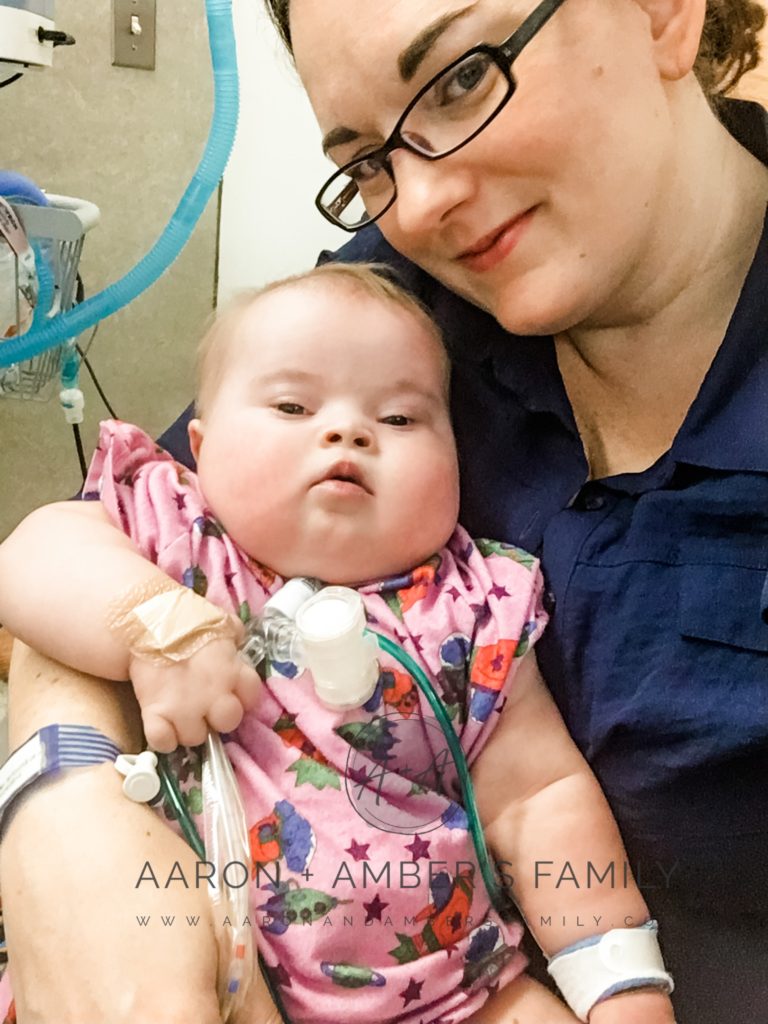
You can see it in the pictures. Aaron and I would take turns holding him, not wanting to let go, yet knowing that the very same procedure that might take his life was necessary to save his life as well. I’m not going to sugar-coat this. It’s hard.
Yesterday we pointed out that nearly 1 in 100 babies are born with some version of a CHD. Unfortunately, out of those babies who do have a CHD, 1 in every 4 will have a critical CHD. Critical CHDs require surgery or some other kind of intervention within the first year of life. It’s important to note also, that even after surgery the CHD will never be ‘cured’.
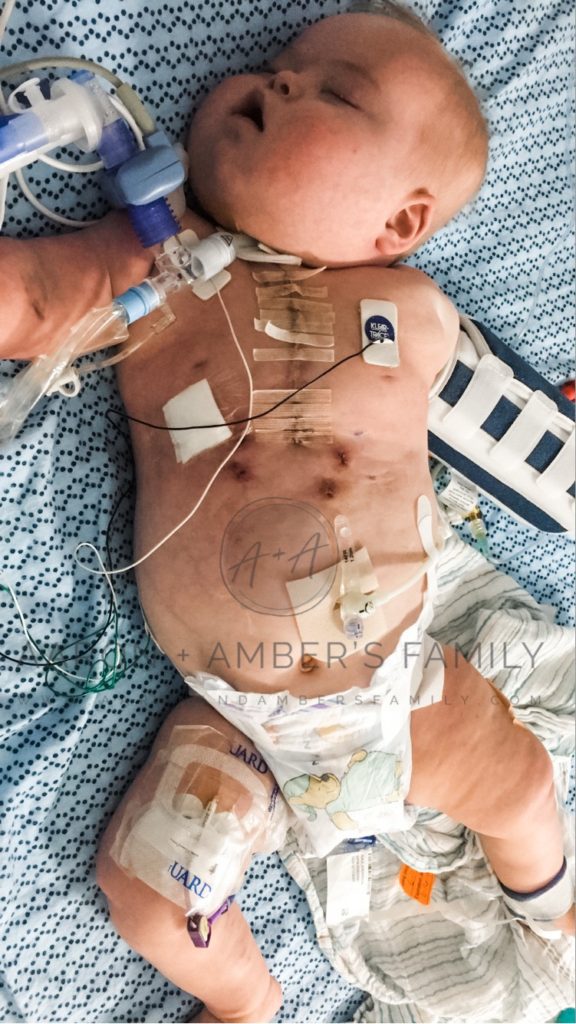
To be clear, we don’t want to downplay any CHDs. All CHDs are scary. All of them mean something is wrong with your baby’s heart. But ultimately in most cases, surgery or another procedure may not be immediately needed and the CHD may initially need to be monitored and potentially addressed when the child is older.
AJ has a critical CHD, hypoplastic left heart syndrome – basically meaning he has half of a heart. Some of the other critical CHDs include coarctation of the aorta, double outlet right ventricle, Ebstein anomaly, tetralogy of Fallot, and truncus arteriosus. Most of the critical CHDs have one thing in common — they cause the amount of oxygen carried in the bloodstream to be lower than usual. Typically this happens when newly oxygenated blood from the lungs and old deoxygenated blood from the body mix within the heart. If left untreated, critical CHDs are fatal.
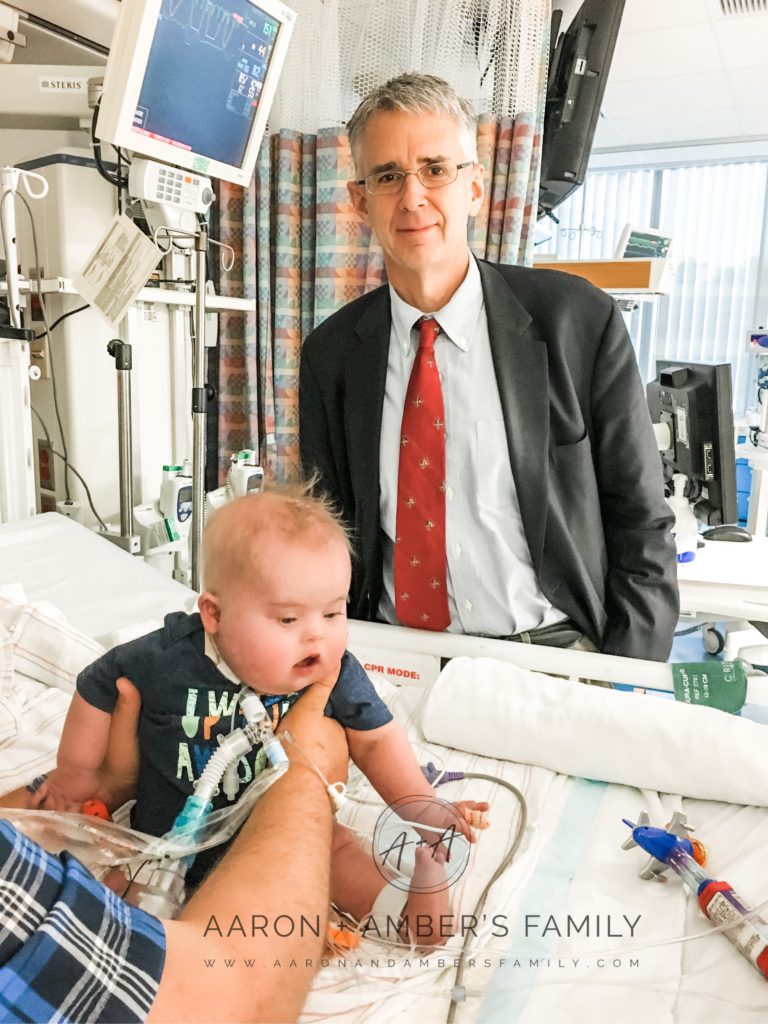
The good news is that with medical advances, the survival rate for critical congenital heart defects has continued to improve. New advances have been made to improve the current procedures or to come up with innovative options, like the Fontan blood pump. Even with advancements, people with CHDs are never cured, even if their heart defect is repaired. If they ultimately need a transplant they will also need to be followed closely for signs of rejection. Simply put, there is no cure, and there will always be additional precautions for those who are born with a CHD.
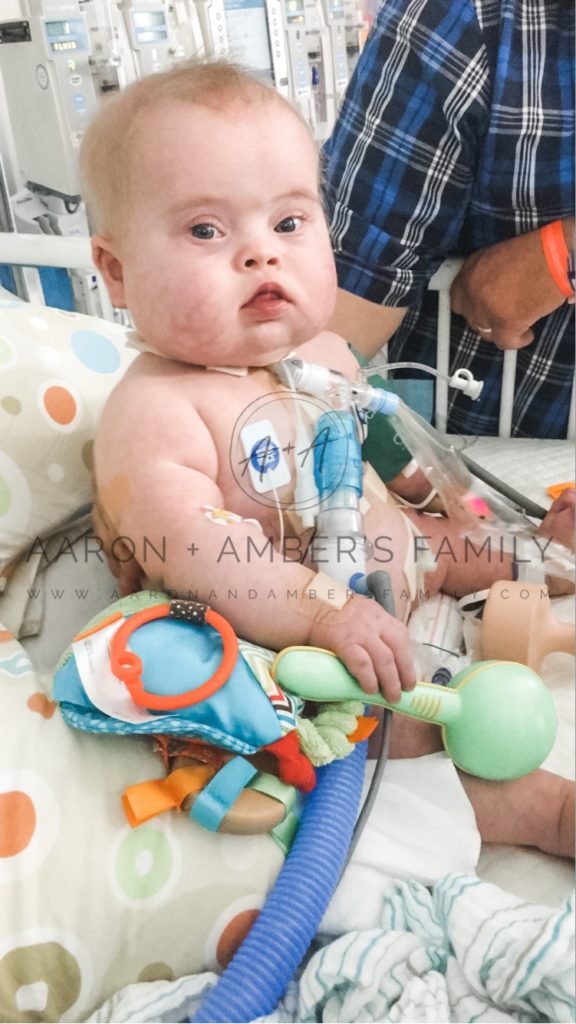
Are you wanting to help? The Children’s Heart Foundation is one of the few non-profits that supports research specifically for congenital heart defects.

